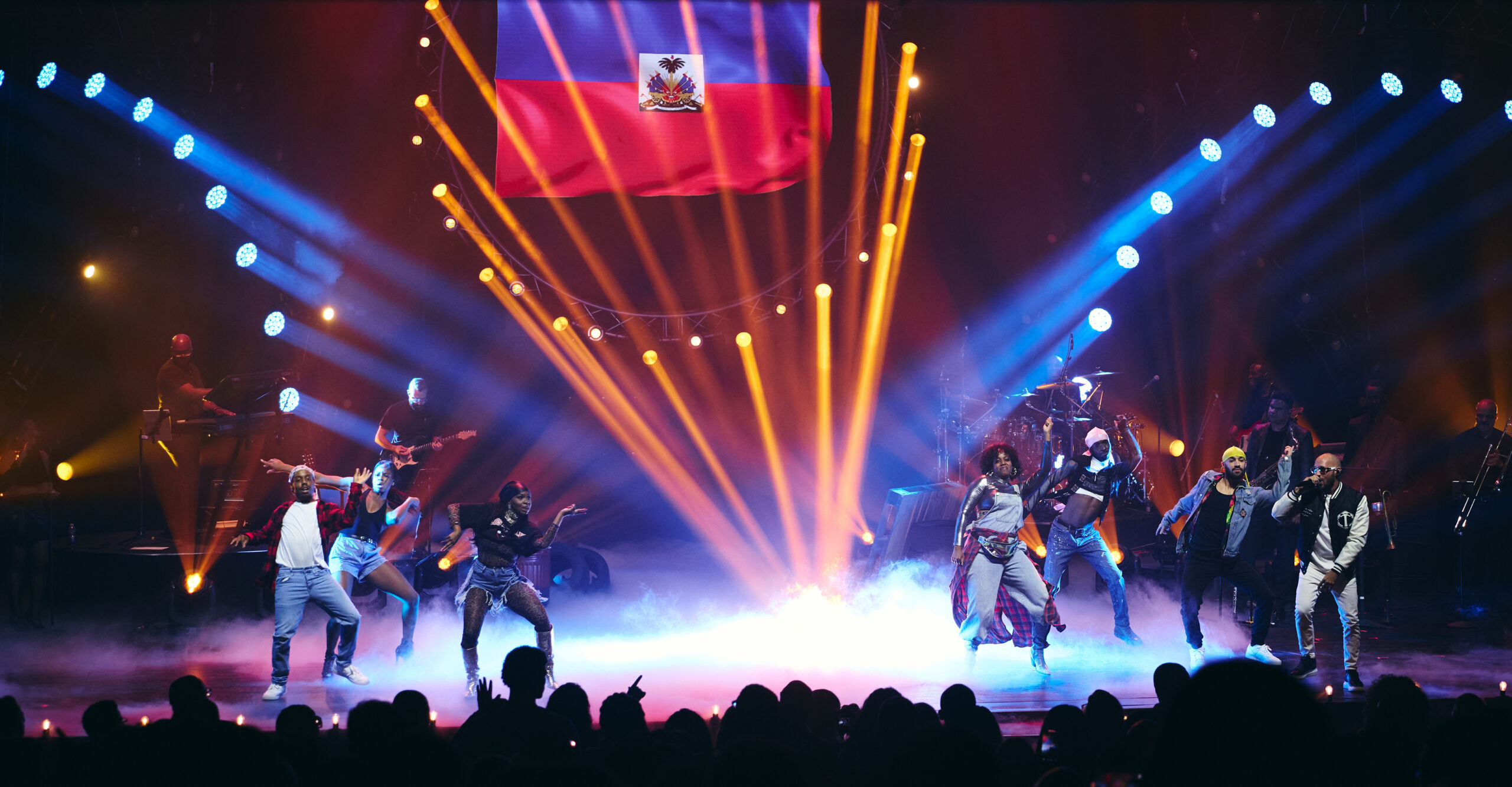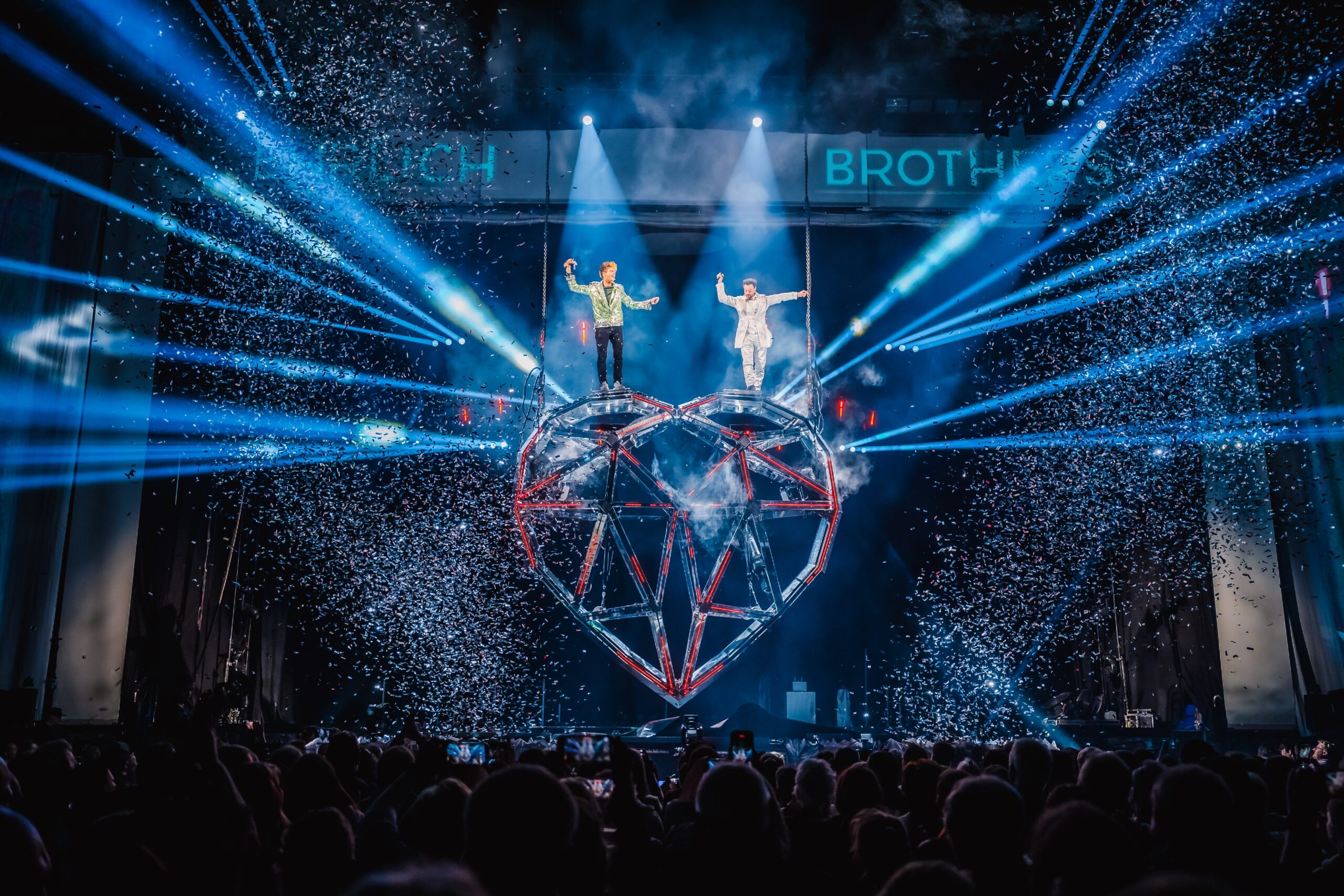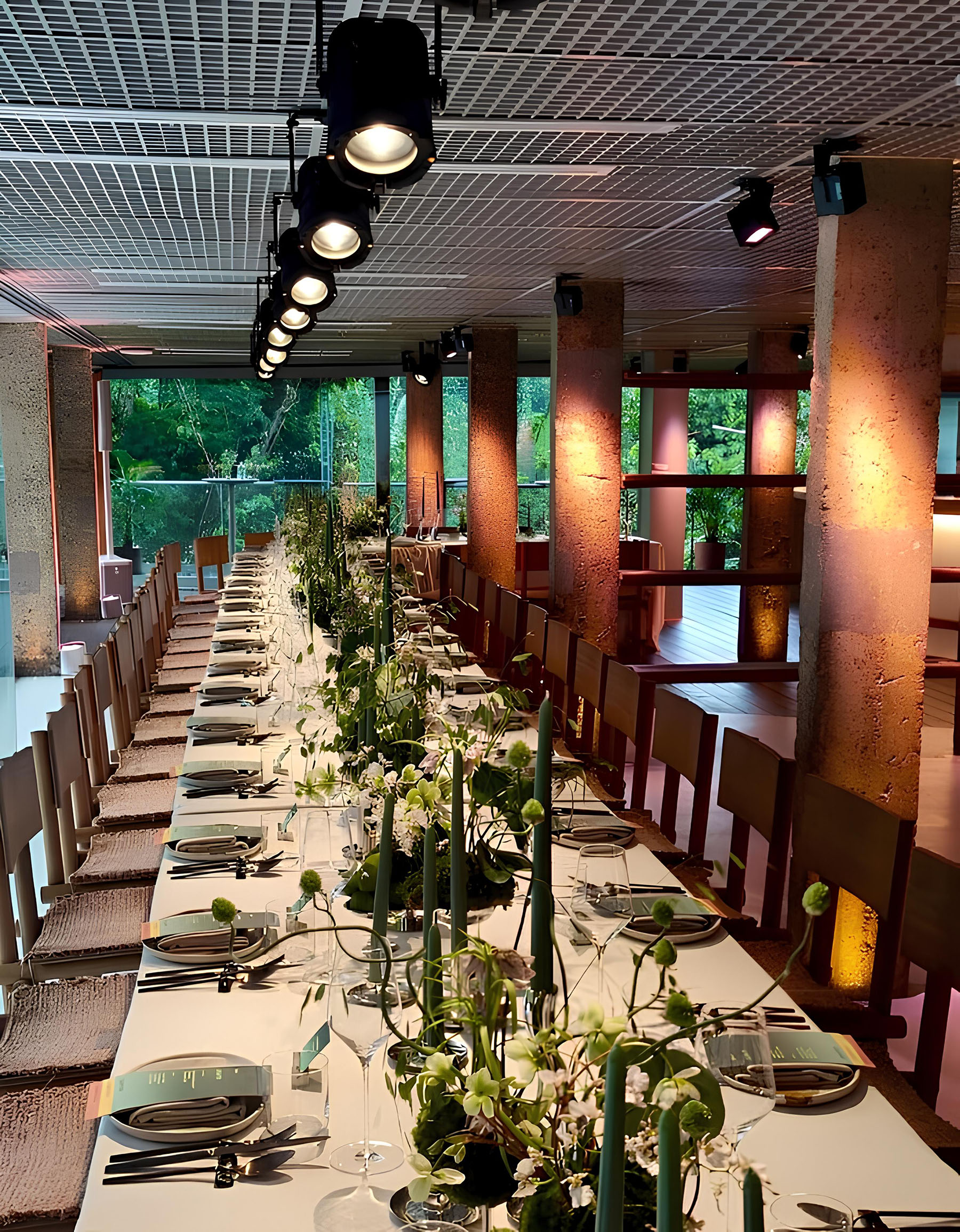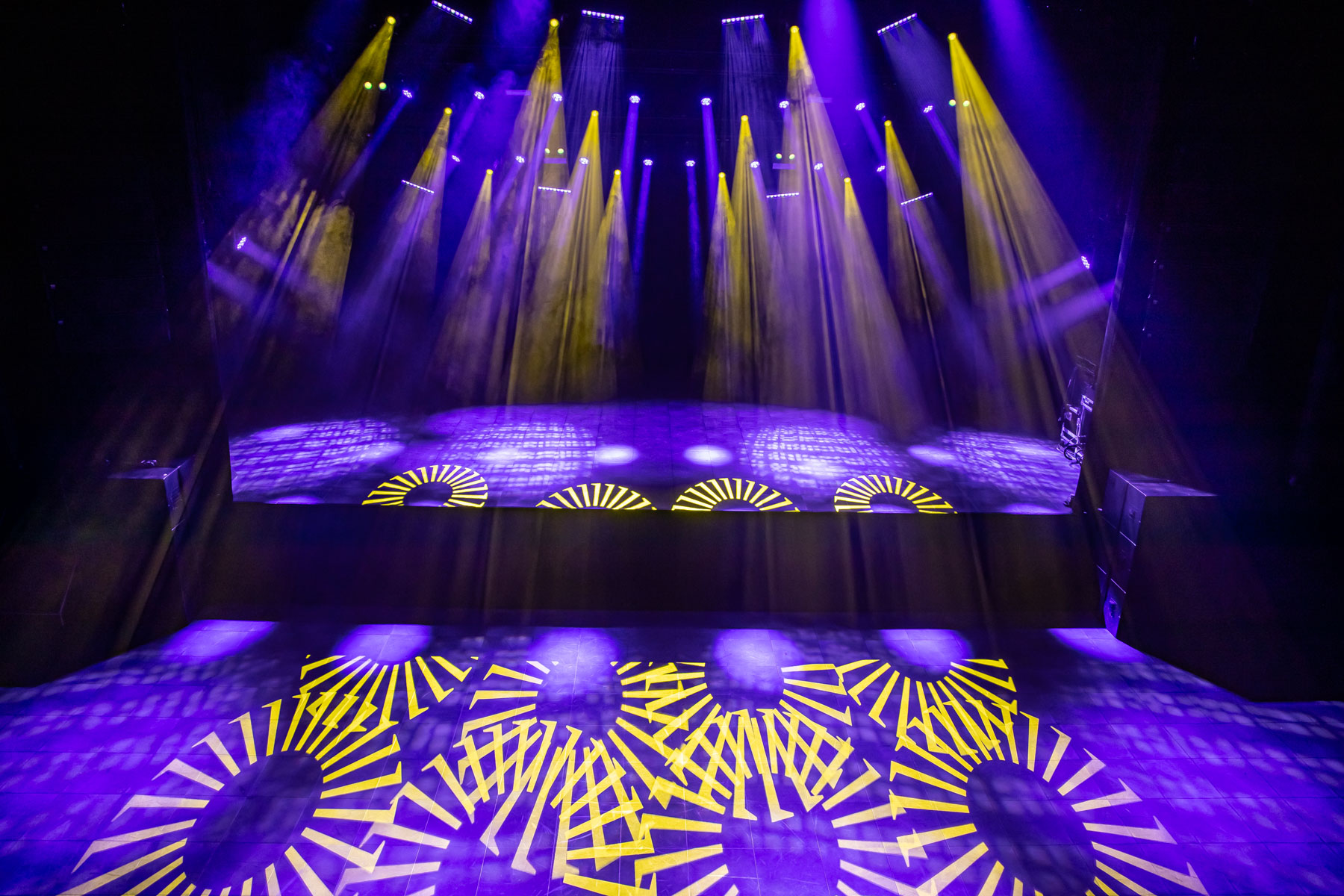SHANGHAI, China – Over 100 Robe moving lights and 500 Anolis LED fixtures were supplied by Moscow-based Light Sound Contractor (LSC) for the "Colorful Neighborhoods for a Better City" area of the Russian Federation Pavilion at the Shanghai World Expo. The control setup for the lighting, audio and video were engineered by LSC's Denis Lyapunov and Alexey Pereverzev based on a concept from leading Russian set and scenic designer Boris Krasnov, who created the general design of the Russian Federation Pavilion.
The Russian Pavilion, one of more than 200 exhibits at the expo, which ran from May to October, was seen by 7.5 million visitors.
The Pavilion's themes and individual expositions were based on "New Russia: Cities & People," reflecting the transformation of urban communities, the potential of Russian cities and their relationships with neighboring communities.
The main subject of the "City of Talents" area took the statement, "The best city is the one where children are happy," as its starting point.
The resulting "Colorful Neighborhoods for a Better City" exposition was located around the perimeter of the Pavilion's central area, consisting of a large, curving walk-through section starting on the second floor. Krasnov also designed this space.
It followed an all-Russian schools competition to illustrate what the best cities of the future might look like. Ideas were selected from 300 pieces submitted by 50 schools of arts and paint shops from across Russia.
The theatrical setting included fairytale castles, giant fruits and flowers, windmills and more, juxtaposed with modern video booths and interactive exhibits highlighting young ideas about town planning, urban development and how cities can be enjoyed and also play a vital part in building communities and commerce. The lighting scheme helped the space come alive.
The Robe and Anolis equipment was all supplied by LSC, a distributor of both brands. The account manager was Dennis Lyapunov, and the company also supervised the lighting installation in Shanghai, which was coordinated by one of their chief engineers, Alexey Pereverzev, over the course of a month's time. Moscow based production company Laser Kinetics handled the installation duties.
Inside the Pavilion, a massive trussing ground support structure ran all the way around the perimeter of the building on two levels – high up and halfway up – and the majority of the lighting fixtures were rigged onto this.
The roof was supported by three large metal structural cylinders, which were integrated into the set design. Each of these had a circular truss running around its top, which helped with the positioning of additional lighting and sound equipment.
Additional mid level lighting rigging points were provided by the balcony on the outside of the walkway that curved around the central atrium of the pavilion. Guests started at the top and wound their way down towards a water feature with large water lilies at the bottom.
The 122 moving lights included a combination of Robe's ColorSpot and ColorWash 700E ATs, chosen for their convenient size, brightness and host of features and effects.
The Anolis LED fixtures included a mix of ArcLine Outdoor Optic, ArcSource Outdoor 36 RGB, ArcLink Optic 3, ArcLink 3 RGB, ArcSource Outdoor 6 RGB and ArcPad 48 RGBW fixtures plus associated ArcPower drivers, which were fixed to both levels of the ground support. They were also embedded in the floor and around the bases of the different scenic sections, and in some cases inbuilt into the set pieces themselves.
The ArcLines provided a base wash coverage around the exterior walls of the exposition, setting the general scene for the attraction. The set and lighting worked together to attract people into the Pavilion and retain their attention in the engagingly accessible space.
LSC also devised a custom control system to integrate lighting, sound and video.
Alexey Pereverzev designed the centralized control system based on ArtNet and other IP protocols, allowing lighting, sound and video to be controlled together (including power control) via Internet from anywhere in the world.
To see exactly what was being controlled at any time, seven cameras were installed on the venue. This was needed because LSC staff were only present during the setup, and the cameras helped them to see and control the visuals from Moscow and elsewhere.
Lighting consumed 10 DMX universes, some being sent to other parts of the pavilion, and media servers were also part of this system. During the setup Pereverzev, worked closely with Robe's technical department as it was the biggest ArtNet based installation of Robe lights worldwide to date.
The lighting for "Colorful Neighborhoods for a Better City" was programmed to morph between night and day scenes over a 10-minute period throughout the Pavilion's opening hours of 9 a.m. to 11 p.m. (14 hours daily), seven days a week. All lighting was run via a Road Hog Full Boar console, with a Hog iPC for backup
The total overall visitor figures for the 2010 World Expo, Shanghai, were 73 million.
The Russian Pavilion was officially recognized for "Theme Development" and "The Best Subject Interpretation" among the pavilions exceeding 4,000 square meters.
For more information, please visit www.robe.cz and www.anolis.eu



